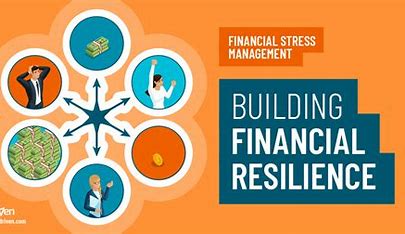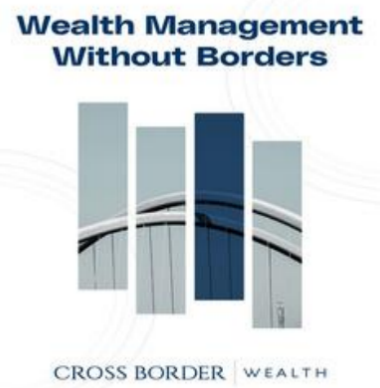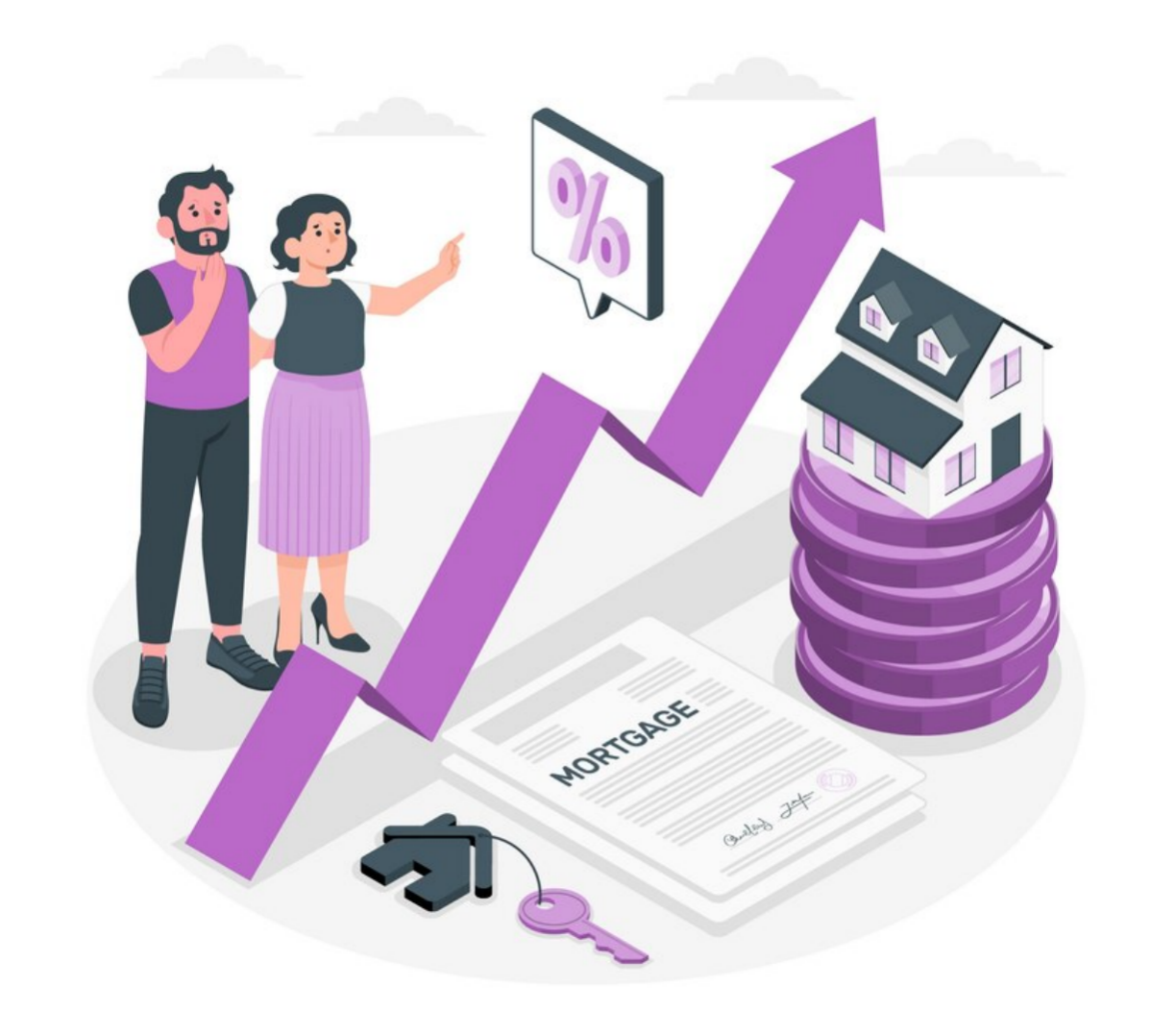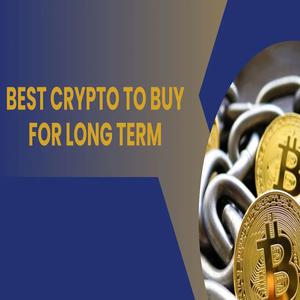In today's fast-moving world, many middle-class people who have decent incomes often feel anxious about their finances. Even with a stable salary, worries about keeping their jobs, increasing expenses, and maintaining their way of life are always present. Nonetheless, there are new and less commonly used methods to escape this stressful situation and create a strong sense of financial safety.
Rethinking Financial Mindset: Beyond the Conventional
The initial step to tackle middle-class anxiety is to reassess how we view our finances. Rather than merely striving to earn more and match our neighbors’ spending habits, those in the middle class who tend to spend excessively should embrace a more thoughtful and future-oriented mindset. An often-overlooked key concept is "opportunity cost," which concerns how we allocate our finances. Each buying choice isn't just a cost; it also represents missed chances for investing. For instance, spending on a luxury item might stop someone from investing in a promising startup or a lucrative real estate venture.

Additionally, it is crucial for middle-class earners to alter their focus from immediate pleasures to long-term financial aspirations. This change includes recognizing the real benefits of compounding. Even small, regular investments made earlier can increase significantly over time. By examining financial choices with an eye toward building wealth in the future instead of just satisfying current desires, individuals can make wiser decisions that enhance their financial stability overall.
Unconventional Asset Allocation: Diversification Redefined
To achieve financial stability, proper asset allocation plays a vital role. However, for the middle class, it's essential to expand beyond the conventional combination of savings, stocks, and bonds. Think about alternative investments that typically cater to those with higher financial means. For example, investing in art and collectibles can fulfill personal interests while also acting as a valuable asset. Some rare pieces have gained significant value over time, serving as protection against inflation and fluctuations in the market.

Another option to consider is impact investing. This method allows middle-class investors to align their investments with their values, and many impact-focused funds also offer appealing returns. By venturing into these alternative assets, individuals can lessen their dependence on the stock market and build a more robust investment portfolio. Furthermore, looking into international investment opportunities can help distribute risk more effectively. Each economy operates on its own cycle, and global investments can tap into growth in developing markets, reducing the impact of downturns at home.
Building a Resilient Financial Buffer: More Than Just an Emergency Fund
A source of worry for many middle-class individuals is the potential for sudden financial difficulties. While having savings for emergencies is important, there are also broader strategies to create a financial safety net. One method is to create several levels of protection. Besides having a standard emergency fund, you might consider starting a "lifestyle contingency fund." This fund can be reserved for unexpected life changes, like a career shift or relocating to a different city.

In addition, using insurance wisely can make a difference. For instance, long-term care insurance helps safeguard against the expensive costs associated with aging, which can quickly drain the savings of a middle-class family. Furthermore, income protection insurance acts as a safety net in case of job loss or disability, allowing households to meet their financial responsibilities. By establishing these extra forms of financial security, middle-class people can approach unpredictable situations with increased assurance, knowing they have various protective measures against financial challenges.
In summary, anxiety within the middle class does not have to be a constant experience. By changing how they think about finances, looking into unique asset management options, and creating a strong financial buffer, those with more disposable income can gain control over their financial destinies and genuinely establish a better sense of financial stability.

The Time Machine of Pension Planning: 25 vs 45

Index Fund fixed investment: The Stealthy Route to Passive Income

Cross-Border Wealth: Planning Beyond Horizons

How to Negotiate Lower Credit Card Interest Rates

South Boston Average Rent Price Rapidly Approaching $3K

How to Efficiently Manage Family Finances

Digital Assets: Unveiling NFTs and Cryptos
